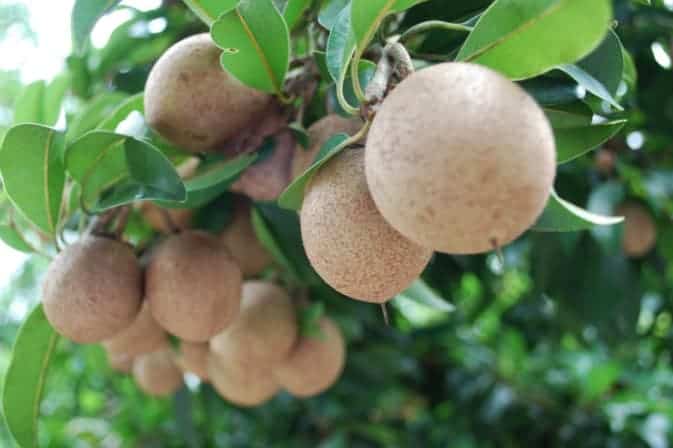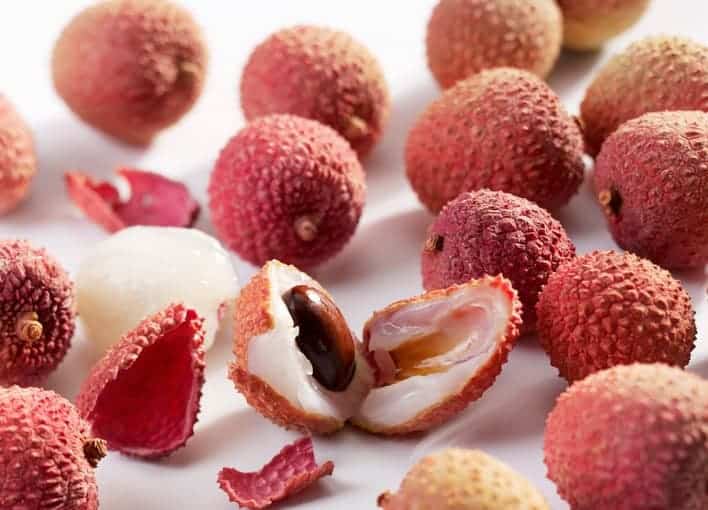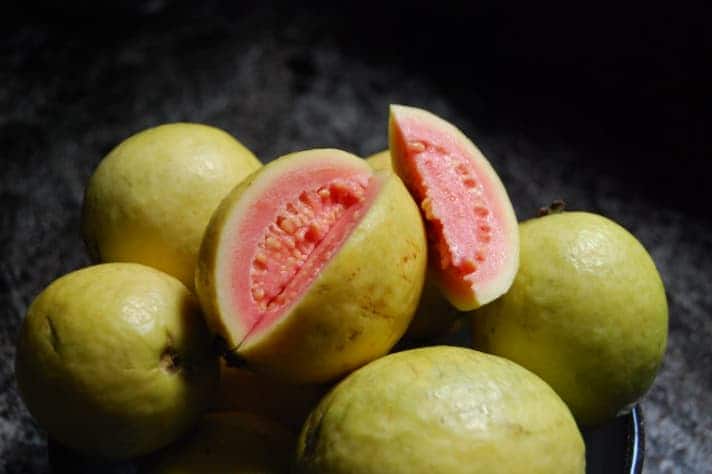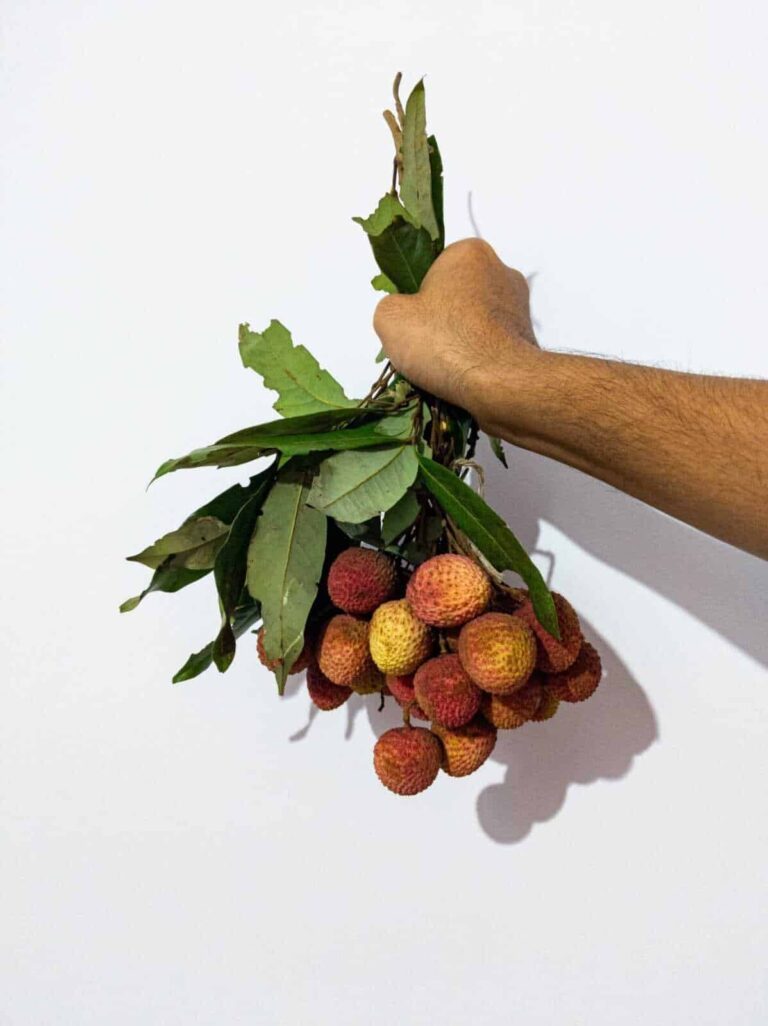White sapote: What are the benefits of this fruit?

The white sapote is one of several plants from many families that go by the common name “sapote,” and it is a member of the genus Casimoroa. The black sapote is from the Diospyros genus and there are others, such as the mamey sapote of the Pouteria genus. The edible fruit, which is well-liked in tropical regions, is what links these plants, which may even come from different families.
White sapote
- Casimiroa edulis, C. tetrameric, and hybrids are given their scientific names.
- Common Names: zapote blanco (Spanish), sapote blanc (French), and white sapote (English).
- The Rutaceae family
- Relatives: White sapote with woolly leaves (C. tetrameric)
- Where to buy white sapote fruit: The Central Mexican and Central American highlands.
- Distribution: Found over the whole tropical and subtropical highlands, such as:
- Latin America
- The Caribbean
- The Mediterranean
- India
- Southeast Asia
- New Zealand
- South Africa
- Australia
- New Zealand
- History: In 1810, white sapote was introduced to the US.
- It is often gathered from young trees and sold in neighborhood markets.
- White sapote is nevertheless farmed on a little commercial basis in Mexico, Australia, and the US.
Where to Purchase White Sapote and What to Look for
White sapote is often only available at grocery stores, farmers’ markets, and fruit stands in regions where it is produced, such as California. This is because when it is ripe, it is extremely fragile. If you locate some, try to find fruit that is mushy yet keeps its shape. Avoid mushy or severely damaged fruits.
The plant may be found in Southern California, where it was widely planted as a landscape plant throughout the 20th century, notably in towns and public parks. Most of the fruit is left unpicked since it is unknown to the majority of Americans. Check your local laws before going foraging, and avoid going on private land. Keep to your usual surroundings; landscapers may use harsh pesticides that make fruit picked from uncharted territory less safe.
Cooking
White sapote is best consumed fresh because of its delicate flavor, which is readily overpowered by other ingredients. Scoop the contents from the thin skin with a spoon or delicately peel it off like you would a plum. The majority of fruits include several huge seeds, which should not be consumed since they are poisonous and bitter in excessive quantities.
White Sapote recipes are various, it may be used to create sweets that highlight the fruit’s smooth texture and tropical flavor. It works well in straightforward sorbets, ice creams, and smoothies.
White sapote tree height
Height ranges from 15 to 60 feet for white sapote trees.
- Long drooping branches and a thick, grayish-gray bark cover the trunk.
- 3 to 7 lanceolate leaflets that are smooth above.
- Light green.
- Smooth or hairy on the underside alternate with each other to form the leaves.
Little, greenish-yellow, odorless blooms are produced in terminal panicles. Flowers are hermaphrodite, however, occasionally some stigmas can abort, making them unisexual. The quantity of pollen generated by the seedlings and the grafted cultivars varies.
The main reason for the significant loss of immature fruit flowers with sterile pollen and a lack of cross-pollination. This issue will be resolved by bees.
The fruit is readily bruised, thin-skinned, and round, oval, or ovoid. It has an apple-like form and ranges in diameter from 2 to 4 inches. When ripe, it becomes yellow rather than light green. There are many small yellow oil glands all over the skin. The golden or white, creamy flesh has a pleasant flavor and contains one to six firm, white sapote seeds.
White sapote nutrition
Vitamin C is only one of the components that the fruit is an excellent source of. While the fruit’s Nahuatl name translates to “fruit that produces sleep,” those who consume it won’t feel sleepy; its moniker comes from therapeutic substances that were isolated from the seeds and leaves.
Growing white sapote in pots
One of the most crucial aspects in building and nurturing a healthy, fruitful white sapote tree is proper planting. A healthy nursery sapote tree should also be chosen as the initial stage. White sapote trees are often planted in 3-gallon or 11-liter pots for nurseries, and they typically stand 2 to 4 feet (0.6 to 1.2 m) above the well-drained soil medium.
Because the root system could be root-to-bound, it is best to avoid planting wide sapote trees in inappropriate and very tiny pots. This indicates that roots have taken over every available area in the container to the point that a taproot is developing in a circular pattern along one of the container’s corners.
If the white sapote is put in the ground, root-bound root systems could not develop adequately. Check the tree for illnesses and insect infestations, and look for constrictions and wounds on the white sapote tree’s trunk. Before planting the tree in the garden, pick a healthy one and give it frequent watering.
White Sapote’s longevity
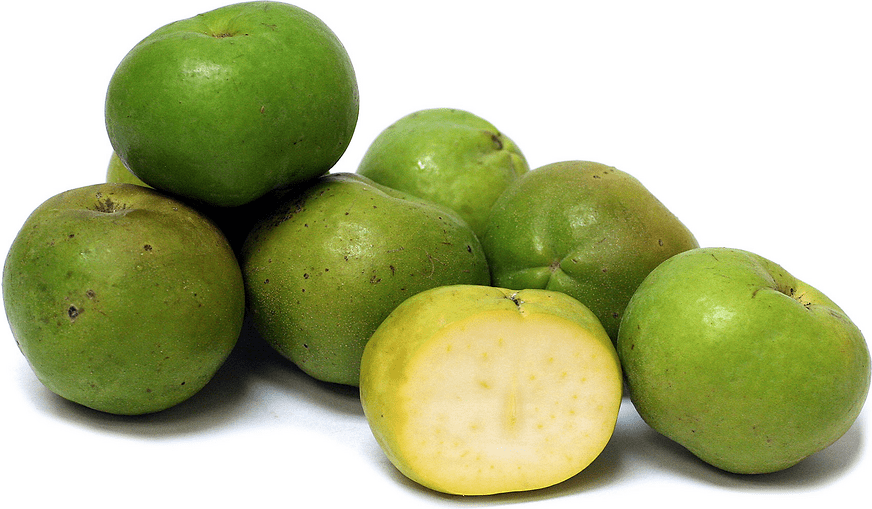
Seasonality
The main season for white sapotes is from late October to early spring, and the majority of them mature during the winter. In places like California, the fruit may be accessible all year round, since some cultivars will bear fruit at different periods.
Geography
The fruit is indigenous to central Mexico and is highly well-liked there. The fruit was introduced to the Caribbean and Asia by Spanish colonists, although it struggles in true tropical regions because of the excessive humidity.
In California, the fruit was first produced in 1810 by Franciscan monks. In the 1960s, the tree gained popularity as a decorative tree throughout the state. It now thrives in warm, subtropical environments all over the world. Farmers and home gardeners in South Africa, Australia, and New Zealand all cultivate the fruit on a small scale.
Pesticides
Several white sapote trees are typical landscaping plants in California, and they do well with little to no care from growers. Although it’s uncommon, some farmers could also apply extra fertilizer to their trees. Pesticide usage is uncommon since few pests attack resilient trees.
Read More: Mamoncillo fruit benefits: A Tasty and Nutritious Treat


